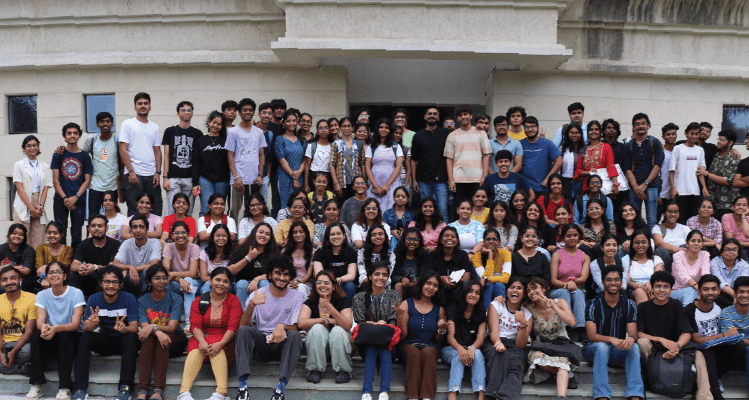Technology has transformed the way we acquire knowledge-making education more convenient for all. With the emergence of new technologies every year, our notion of the world around us has changed. Digital technological interference has transformed the old-school face-to-face classroom teaching and schooling culture. The growth of infrastructure, tools, and gadgets like dependable internet connectivity, smartphones, laptops have made online delivery of high-quality learning material possible. Online education provides unlimited access to value education irrespective of location, place, time, or even language.
WHAT IS BLENDED LEARNING?Blended learning is a mixture of e-learning and old-school learning which is progressively being adopted by educational institutions. This technique helps cater to specific learning styles and needs. It brings the best of both worlds – e-learning and one on one learning which helps the students to stay engaged. Simply put, blended learning resorts to a blend of trainer-driven learning and self-sufficient learning elements, usually delivered online. It is a basic concept, rooted in the theory that technology can enhance learning efficiency. There are different models of blended learning that are being adopted and experimented with:
1. Online: Instructions are transferred via an online platform, with periodic face-to-face meetings2. Flex: Most instructions are delivered online, with teachers offering support in small-group meetings
3. Personalized blend: Teacher designs face-to-face and anywhere, anytime learning alternatives with variable time and constant learning
4. Self-blend: Students opt for online courses to enhance their school’s face to face learning
5. Face-to-face: Teacher provides mainly face-to-face instructions, reinforced with technology in the classroom or computer lab
Looking at the new setup from a teacher’s point of view, a digital setup or learning management system (LMS) offered through blended learning offers a valuable archive of print and digital assets. With this, the teachers can connect with the students and work together to establish a more unified arrangement. A blended approach to learning and teaching also empowers interdisciplinary and flipped learning techniques. The newly announced NEP 2020 (National Education Policy) stresses incorporating technology in the learning pedagogy to offer a more integrated experience to both the teachers and the students.
Benefits OF BLENDED LEARNING:This system of learning has several advantages over old-school education, thereby making it a favored alternative for many.
Infinite Access:When compared with the old-school model of learning, here students can access all the study material at a single click. Students have the advantage of revising a particular module ‘n’ number of times to gain an in-depth understanding of the topic.
Customized Scrutiny:With blended classroom teaching and approach, teachers can pay attention to every student individually. Teachers can connect with every student and keep a track of every student’s progress.
Collaboration:Another benefit of blended learning is the ability to engage and collaborate with fellow students or peers and discuss by sharing feedbacks which makes it an upgraded way of studying.
Pocket Friendly:Blended learning is affordable and economical for students.
Enhanced Learning:Making the most of technology to learn makes students independent and self-dependent. With proper guidance, students can master a particular topic by utilizing the study material multiple times and improve on their learning.
CONCLUSION:Blended learning is more important than ever with the current scenario of the high integration of technology. This results in an improvement in teaching and learning methods simultaneously while improving on the final output at the same time. It has become imperative now to give technology the value it deserves and include blended learning as a defining part of learning and teaching in the current education system to assure that the learning process never stops.
--Written By
Punit Lalwani
